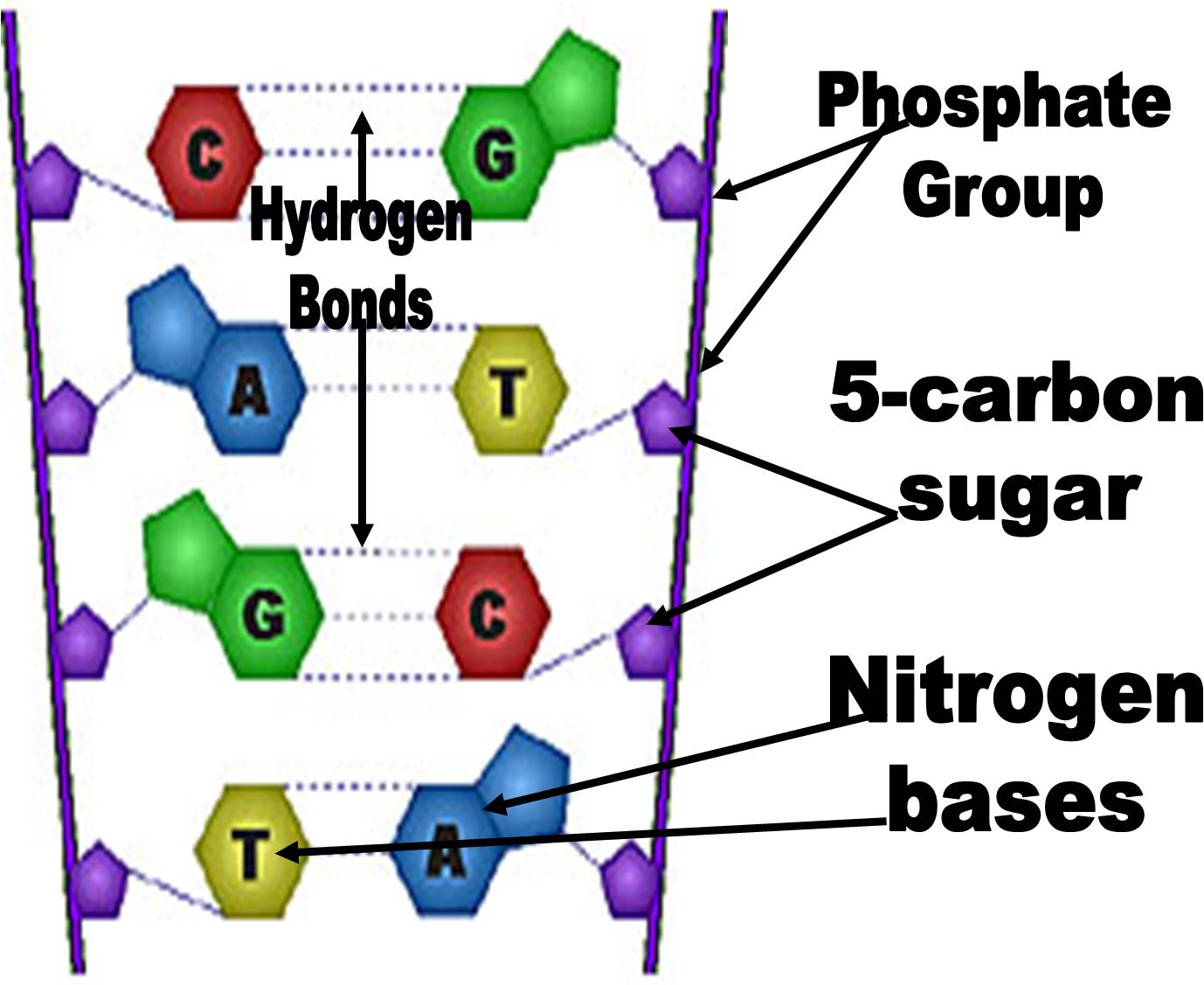
The folding mechanism of a β-sheet: the WW domain. Mapping the transition state of the WW domain β-sheet. WW: an isolated three-stranded antiparallel β-sheet domain that unfolds and refolds reversibly evidence for a structured hydrophobic cluster in urea and GdnHCl and a disordered thermal unfolded state. Characterization of the WW domain of human yes-associated protein and its polyproline-containing ligands. Probing backbone hydrogen bonds in the hydrophobic core of GCN4. Design, synthesis, and characterization of 4-ester CI2, a model for backbone hydrogen bonding in protein α-helices. Comparative analysis of two different amide-to-ester bond mutations in the β-sheet of 4-oxalocrotonate tautomerase. The energetic contribution of backbone–backbone hydrogen bonds to the thermodynamic stability of a hyperstable p22 Arc repressor mutant. Stereochemical requirements for β-hairpin formation: model studies with four-residue peptides and depsipeptides. Analysis of backbone hydrogen bonding in a β-turn of staphylococcal nuclease. An experimental approach to evaluating the role of backbone interactions in proteins using unnatural amino acid mutagenesis. Mutational analysis of backbone hydrogen bonds in staphylococcal nuclease. Analysis of hydrogen bonding strengths in proteins using unnatural amino acids. Hydrogen bonding stabilizes globular proteins. Collectively, our results provide an unusually detailed picture of the folding of a β-sheet protein.ĭill, K. Kinetic studies indicate that native-like secondary structure forms in one of the protein's loops in the folding transition state, but the backbone is less ordered elsewhere in the sequence. Thermodynamic studies on these variants show that the protein is most destabilized when H-bonds that are enveloped by a hydrophobic cluster are perturbed. We perturbed the 11 backbone H-bonds of the PIN WW domain by synthesizing 19 amide-to-ester mutants. Amide-to-ester mutations site-specifically perturb backbone H-bonds in two ways: a H-bond donor is eliminated by replacing an amide NH with an ester oxygen, and a H-bond acceptor is weakened by replacing an amide carbonyl with an ester carbonyl 5, 6, 7, 8, 9, 10, 11, 12, 13. Here we have assessed the contribution of backbone H-bonds to the folding kinetics and thermodynamics of the PIN WW domain, a small β-sheet protein 4, by individually replacing its backbone amides with esters. Ramachandran ( Gopalasamudram Narayan Ramachandran).Backbone hydrogen bonds (H-bonds) are prominent features of protein structures however, their role in protein folding remains controversial because they cannot be selectively perturbed by traditional methods of protein mutagenesis 1, 2, 3. This conformation is used merely as a reference point for describing the angles of rotation.Īllowed values for Φ and ψ are graphically revealed when ψ are plotted versus Φ in a Ramachandran plot, introduced by G. The conformation in which both Φ and ψ are 0 0 is prohibited for this reason. In principle, Φ and ψ can have any value between +180 and -180 0, but many values are prohibited by steric interference between atoms in the polypeptide backbone and amino acid side chains. Again, by convention, both Φ and ψ are defined as 180 0 when the polypeptide is in its fully extended conformation and all peptide groups are in the same plane.
#Protein backbone hydrogen bonds how to#
#Protein backbone hydrogen bonds series#
The backbone of a polypeptide chain can thus be pictured as a series of rigid planes, with consecutive planes sharing a common point of rotation at C α. Rotation is permitted about the N-C α and the C α -C bonds. The six atoms of the peptide group lie in a single plane, with the oxygen atom of the carbonyl group and the hydrogen atom of the amide nitrogen Trans to each other.įrom these findings, Pauling and Corey concluded that the peptide C-N bonds are unable to rotate freely because of their Partial double-bond character.

The oxygen has a partial negative charge and the nitrogen has a partial positive charge, setting up a small electric dipole.


 0 kommentar(er)
0 kommentar(er)
